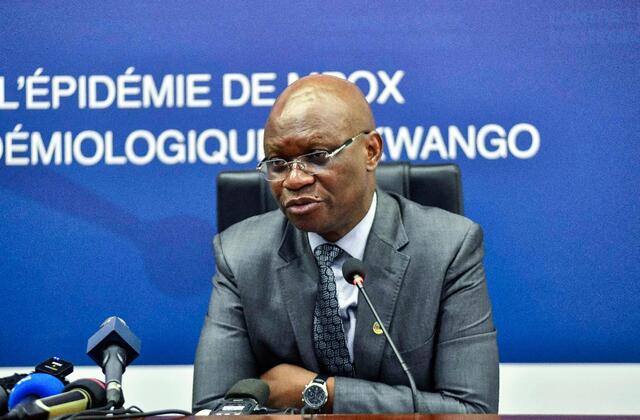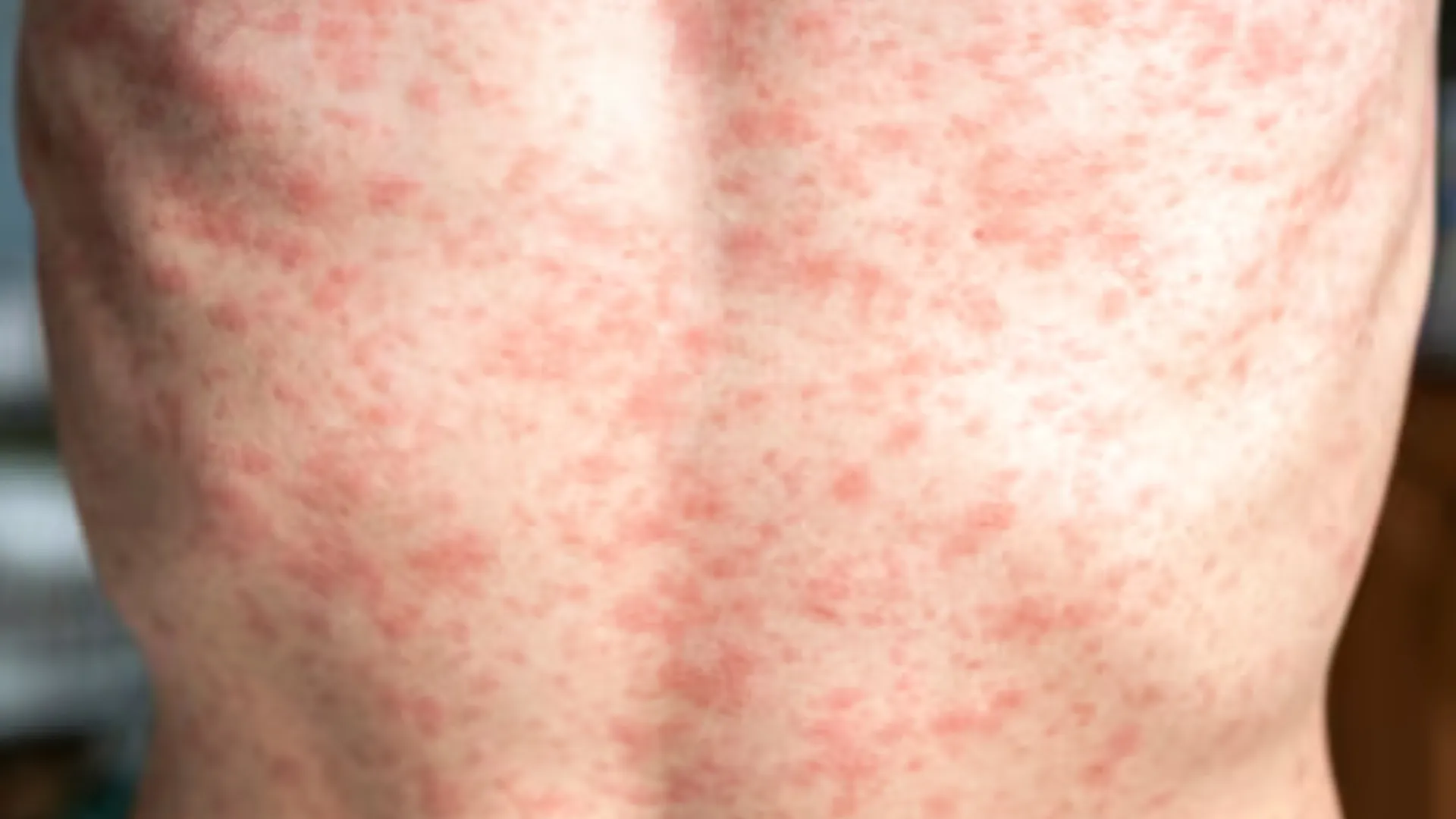A mysterious flu-like disease has emerged in southwestern Congo, prompting a heightened alert from the government and health authorities. Between November 10 and November 25, 2024, the disease caused at least 67 confirmed deaths, with some reports estimating up to 143 fatalities in the Panzi health zone of Kwango province. Symptoms include fever, headache, cough, and anemia. The severity of the outbreak has raised concerns as its exact cause remains unidentified.In response, the Congolese government has dispatched teams of epidemiological experts to collect samples and investigate the disease. Health officials have advised the public to avoid contact with deceased individuals to prevent potential contamination, underscoring the need for vigilance in funeral practices, which are common transmission points during disease outbreaks.
The World Health Organization (WHO) is aware of the situation and is collaborating with local health services to assist in identifying the disease. This outbreak adds to Congo’s ongoing health challenges, including a severe mpox epidemic affecting tens of thousands and resulting in over a thousand deaths this year.
Authorities are calling for urgent national and international medical assistance, including supplies and expertise, to manage the crisis and prevent further loss of life. Meanwhile, the situation remains under close observation as health experts work to determine the pathogen responsible and its potential risks to broader public health.
Symptoms and Immediate Impact
The disease presents flu-like symptoms, including fever, persistent headaches, coughing, and anemia, indicating its severe impact on patients’ respiratory and blood systems. Such symptoms have overwhelmed local healthcare facilities, where resources are already stretched thin. The rapid progression of symptoms and the high mortality rate have left families and communities devastated, struggling to cope with the sudden loss of loved ones.
Provincial health minister Apollinaire Yumba has urged the public to exercise extreme caution, particularly around deceased individuals, as the disease could potentially spread through contact with infected bodies. This guidance stems from lessons learned during past outbreaks of highly contagious diseases, such as Ebola, where unsafe burial practices amplified transmission.
Government and International Response
The Congolese government has responded swiftly by dispatching a team of epidemiologists to the affected area to collect samples and investigate the cause of the outbreak. Local authorities are working in tandem with the World Health Organization (WHO), which has deployed a team to support diagnostic efforts. However, the lack of advanced diagnostic tools in rural health zones has delayed the identification of the pathogen responsible for the illness.
Deputy Provincial Governor Rémy Saki has called for assistance from both national and international partners, emphasizing the need for medical supplies and disease management expertise. The WHO, which has extensive experience handling public health crises in the region, is collaborating with Congo’s Ministry of Health to monitor the situation and formulate an effective response plan.
A Complicated Healthcare Landscape
The outbreak occurs against the backdrop of Congo’s ongoing battle with other health crises. The nation is currently experiencing one of the world’s largest mpox (monkeypox) epidemics, with over 47,000 suspected cases and more than 1,000 deaths in 2024 alone. This dual health crisis has further strained Congo’s healthcare infrastructure, which faces chronic challenges such as underfunding, limited access to basic medical supplies, and a shortage of trained healthcare professionals.
Compounding these issues is the country’s history with recurring epidemics, including cholera, measles, and Ebola. Each of these outbreaks has underscored the vulnerability of Congo’s public health system, where rural areas often lack clean water, proper sanitation, and adequate medical services. This systemic fragility has made it difficult to contain outbreaks effectively, leading to repeated cycles of infection and mortality.
Potential Causes and Speculations
While the exact cause of the flu-like disease remains unknown, health experts have speculated about potential origins. Viral respiratory infections are a common concern, particularly in regions with high rates of poverty and malnutrition, where weakened immune systems make populations more susceptible to new pathogens. Another possibility is zoonotic transmission, given Congo’s proximity to dense forests and its reliance on bushmeat as a food source, which increases the risk of animal-to-human disease transmission.
Infectious diseases have frequently emerged in this region due to ecological disruptions, such as deforestation and mining activities, which bring humans into closer contact with wildlife. These disruptions can lead to the spillover of novel viruses, as seen in past outbreaks of Ebola and other zoonotic diseases.
Challenges in Containment
Containing the outbreak poses significant challenges due to the remoteness of the affected area and the limited capacity of local health systems. The Panzi health zone, like many rural areas in Congo, lacks the infrastructure needed for widespread testing, isolation, and treatment. Transportation barriers further complicate the delivery of medical supplies and the evacuation of critically ill patients to better-equipped facilities.
Moreover, misinformation and fear among local populations often hinder containment efforts. In past outbreaks, rumors about the causes of diseases and distrust of healthcare workers have led to resistance against public health measures, including vaccination campaigns and quarantine protocols.
Lessons from Past Epidemics
Congo’s experience with managing previous epidemics offers valuable lessons for addressing this new crisis. During the Ebola outbreaks, community engagement and education were critical in curbing transmission. Public health campaigns that involved local leaders and traditional healers helped to build trust and encourage adherence to safety measures.
Similarly, international collaboration played a pivotal role in controlling past outbreaks. Support from organizations like WHO, Médecins Sans Frontières (Doctors Without Borders), and the Centers for Disease Control and Prevention (CDC) provided Congo with the technical expertise and resources needed to implement effective containment strategies.
The Road Ahead
As the investigation into the flu-like disease continues, immediate priorities include identifying the pathogen, understanding its transmission mechanisms, and developing targeted interventions to prevent further deaths. Equally important is addressing the underlying vulnerabilities in Congo’s healthcare system that allow such outbreaks to escalate.
This crisis serves as a stark reminder of the importance of global health preparedness. The interconnectedness of today’s world means that diseases originating in one region can quickly spread across borders, as seen during the COVID-19 pandemic. Strengthening healthcare systems in vulnerable countries like Congo is not just a local imperative but a global necessity.
In the coming weeks, the findings from epidemiological studies and laboratory tests will be crucial in shaping the response to this outbreak. For now, the Congolese government and its international partners remain on high alert, working tirelessly to uncover the mystery behind this deadly disease and protect the lives of those at risk.









